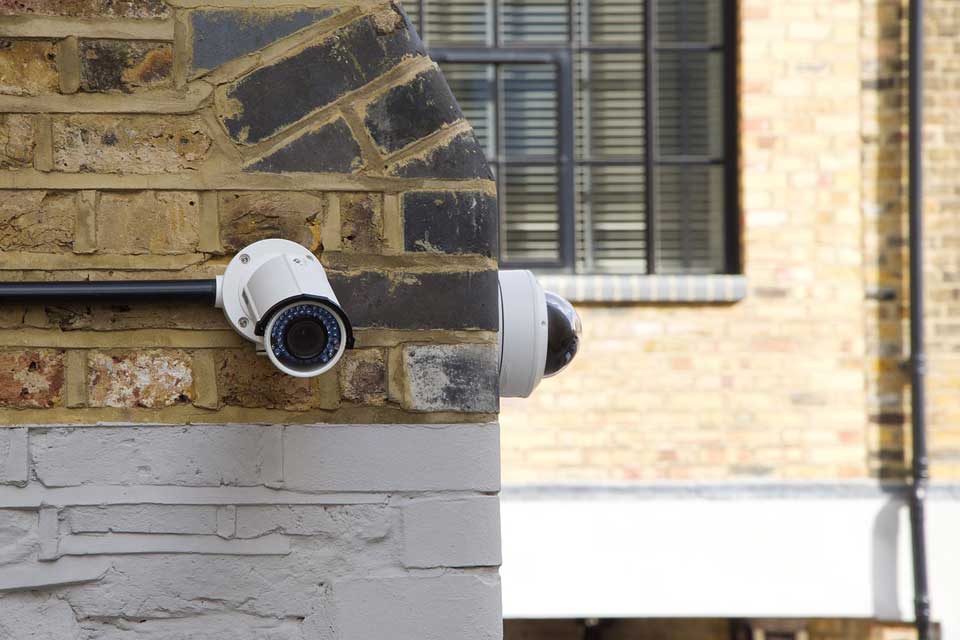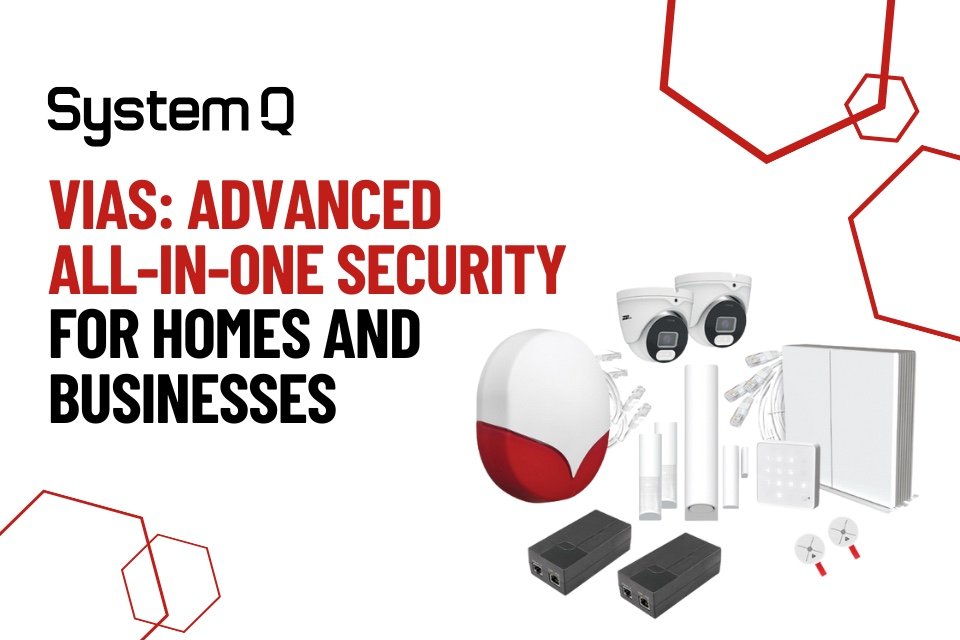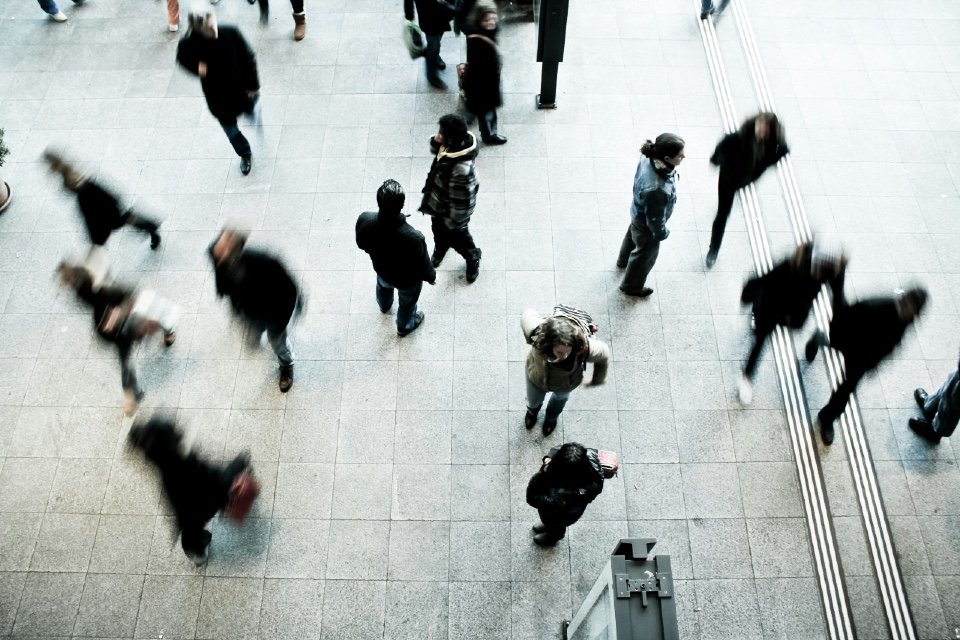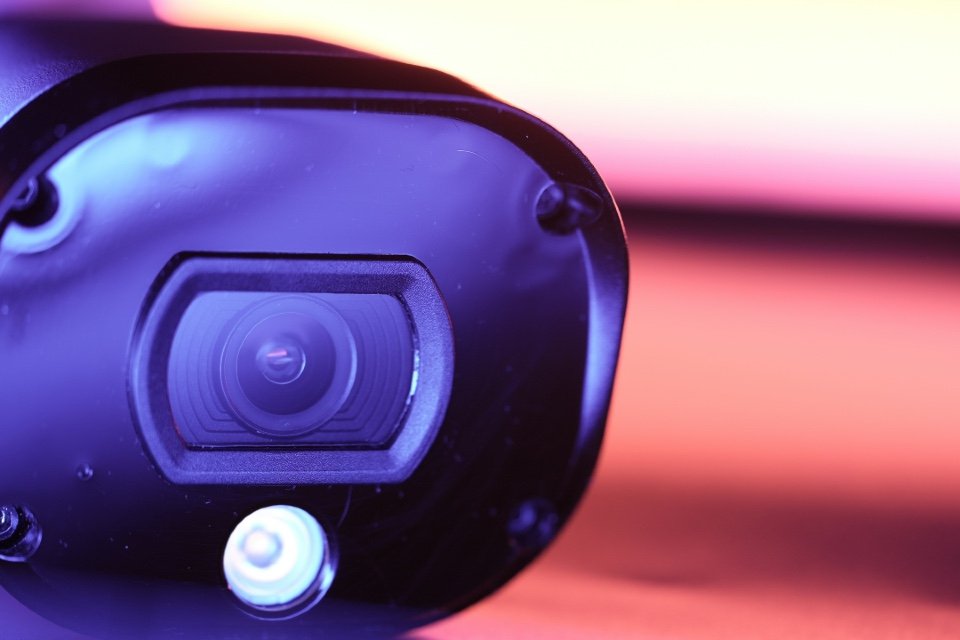Ask somebody what they immediately think about when someone mentions CCTV and their mind often jumps to the idea of; being watched, invasion of privacy or even the phrase ‘Big Brother’, writes Andy Martin, Vertical Segment Leader at Morphean…
The tussle between security over privacy remains, but there are new benefits that may be changing the balance in favour of the “security camera.”
Take a look at retail for example. Retail brands are fighting on all fronts to establish an understanding of and a connection to their customers. Omni channel retailers need to understand the role of their stores in their overall sales strategy, and brands still compete against each other and pureplay retailer for sales. Could security cameras actually be the secret to their survival? With new technologies developing all the time, it seems that CCTV could be the silver bullet that the high street was looking for this whole time.
Looking ahead
Of course, one of the biggest reasons shops install security cameras is to protect against theft and anti-social behaviour – and that means security cameras pointed at entrances and exits and till points, watching over valuable and expensive items and the people going about their day. But were they ever anything more than deterrents? Sitting, watching and waiting for someone to commit a crime?
The old saying about surveillance is that 99% of CCTV footage is never watched. And that’s because the only way to ensure capturing anything of interest was to constantly monitor footage. Retail manpower has fallen significantly so now retailers scramble around after the event and try to retrieve footage so images tend to be corroborative rather than insightful.
Rather than waiting for something to happen, nowadays it’s all about thinking forwards and looking for and spotting potential risks before they become an issue.
CCTV has come a long way in the last 10 years alone, and the latest models are now using Artificial Intelligence (AI) to try and detect suspicious behaviour before it escalates into an actual crime. For example, if someone is stood at a cash machine and hasn’t presented their card for 10 seconds, or if two expensive items leave the shelf at the same time, a security alert can be activated. The footage recorded and a clip pushed out to the responsible stakeholder. While this doesn’t mean that a person should be questioned on the spot, it alerts staff members to observe them more closely in case an incident should arise.
AI can also be used to keep staff and customers safe, and technology has even gone a step further into examining human emotions through aggression detectors. If the cameras detect that a customer is become irate, angry and perhaps even physically violent, alerts can be activated by the central control system to escalate the issue to local police if necessary.
As the saying goes, prevention is better than cure, and this new ‘smarter’ CCTV can help in a huge number of ways by looking ahead to the future and working to prevent problems from arising.
Consumer behaviour
Now onto that silver bullet. There’s so much that we can learn about the way that ordinary people shop through the new technology in CCTV ; so much so that it can inform and change how stores are laid out and where items are displayed. We can learn where customers move to, how much time they spend in each area, and how they navigate the aisle and store layout, and all this information can be harnessed to help improve the customer experience; ultimately helping shops sell more products.
As customers walk around shops, IP cameras are constantly gathering information called ‘customer metrics’, such as:
- Queue length
- Dwell time in aisles
- Dwell time in front of promotional / sale areas
- Footfall
- Seasonality changes
- Faces of returning customers
- Age and descriptions
- Demographics
- Customer direction after they enter
That kind of information is incredibly valuable to retailers, who can tweak store layouts to their advantage and encourage customers to spend more time in certain sections or sale aisles, for example.
One example of customer flow data being critical to store development is in the food sector. With four different ways to transact, self scan checkout, scan as you shop, pay at the counter and now scan and go “frictionless” shopping, there is nothing such as a typical shopper behaviour anymore. Will layouts change to reflect this? Then there are differing shopper trends, vegan, free from, changes to more sustainable packaging that will change the way food is displayed. Video analytics can give great insighta as retailers navigate this journey.
And the changes are rapid. Look at convenience shopping. From giving the customer the option to self checkout as an exception only a few years ago, to the vast majority of transactions are self checkout. Only age restricted products now need to be paid for using an operator. How long before these products can be machine vended using biometrics to validate a customers age? In light of these changes, how does staffing the store correctly look? How are promotions best placed? How many self serve counters? Importantly, video analytics can also measure the impact of changes in sore layout and resources.
The future
Things are changing, and they are changing fast. And with all of these incredible new developments come new challenges too. One of the biggest is the fine line that exists between privacy and security; which one takes precedent? The recent introduction of GDPR has made this even more complicated, and it’s up to the industries themselves to ensure that customer data is not being exploited.
But ultimately all of this data that can be gathered, and how it can be used to make shopping smarter, more efficient and more effective for both retailers and shoppers, is incredible. It’s an exciting time for the future of sales and retail and one thing is for certain, artificial intelligence is leading the way and will continue to revolutionise how we shop.





